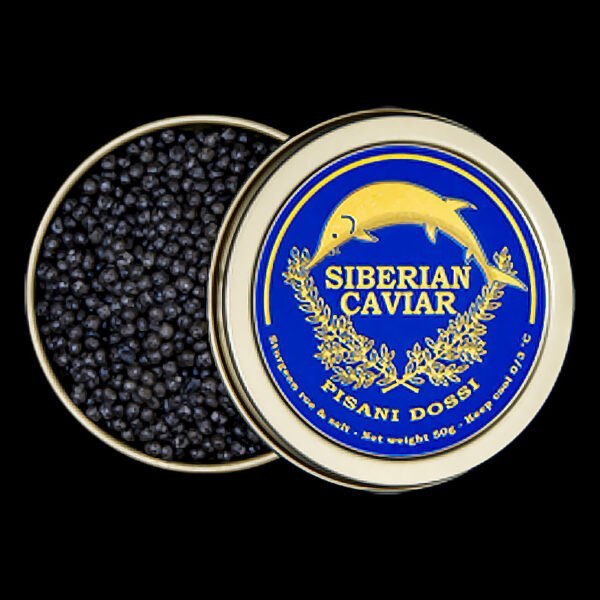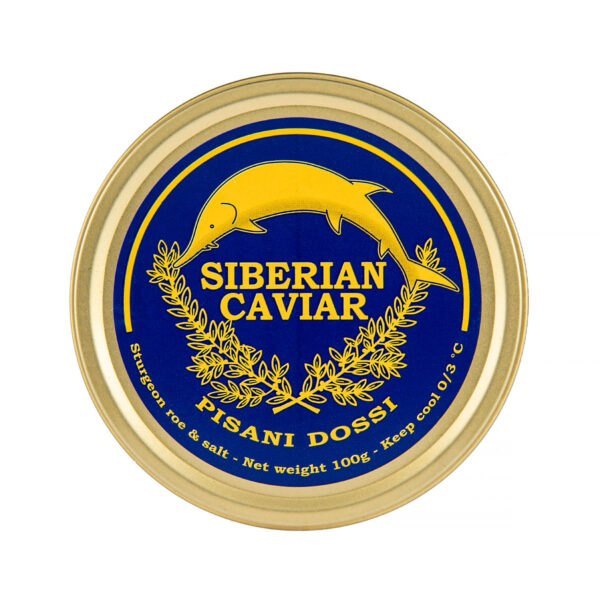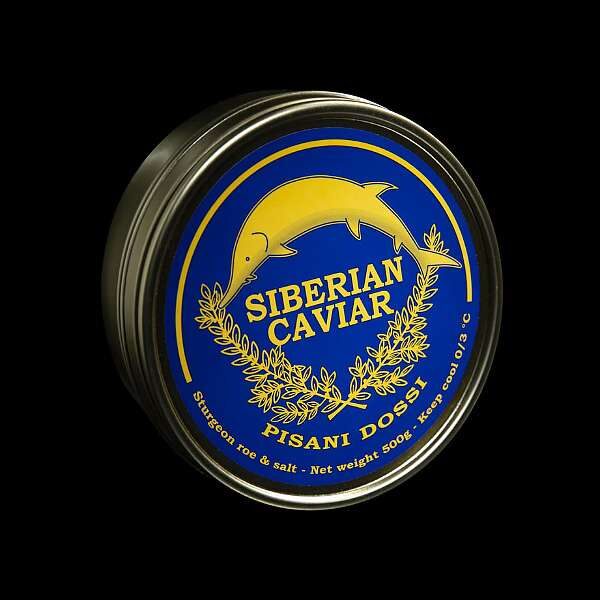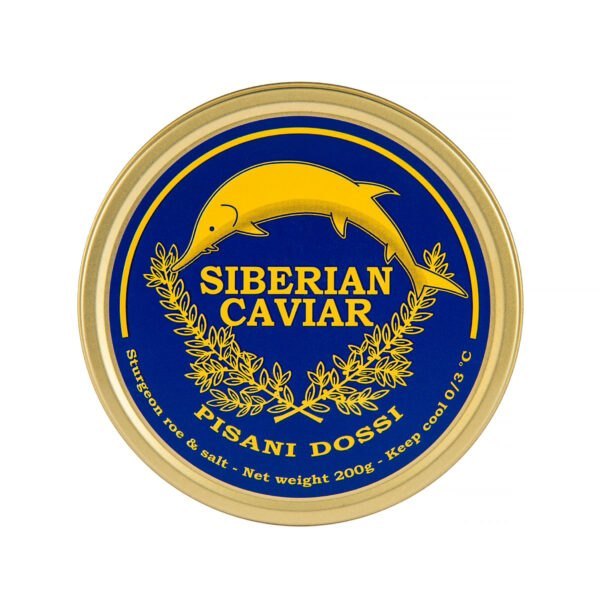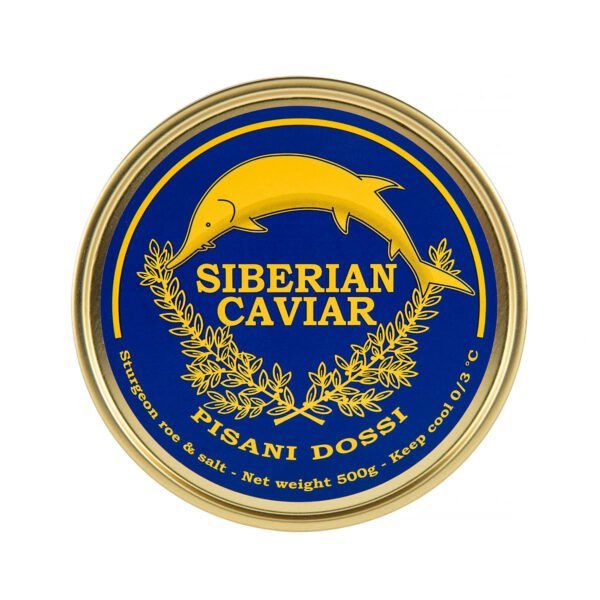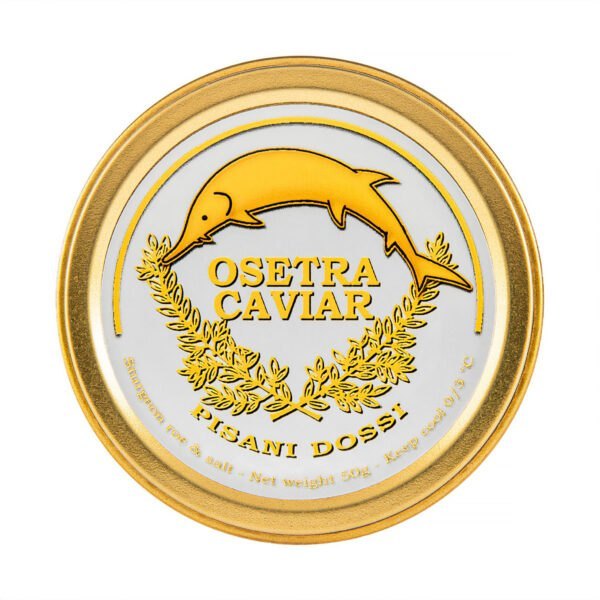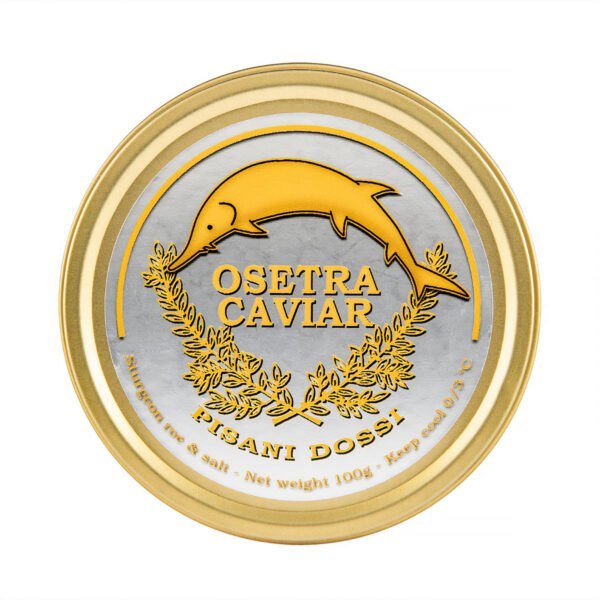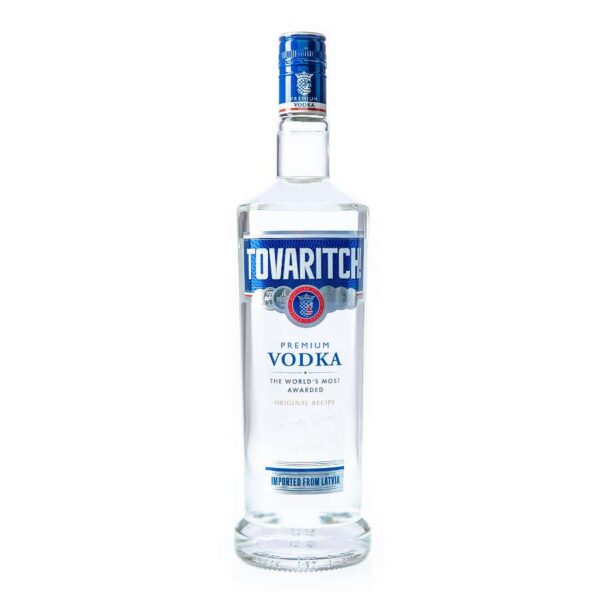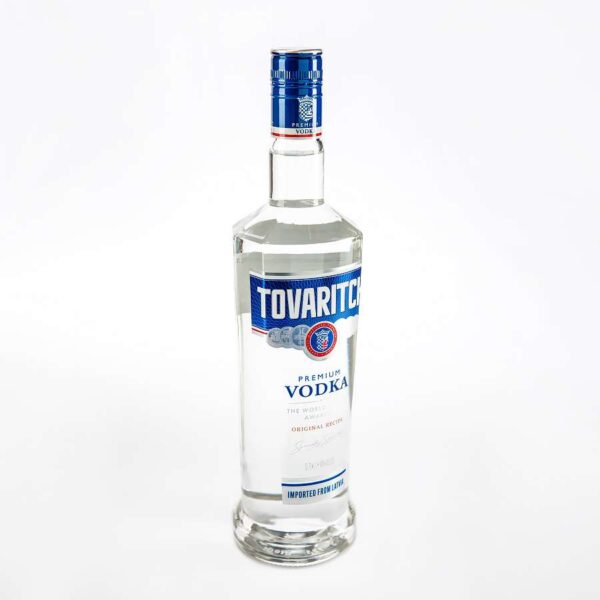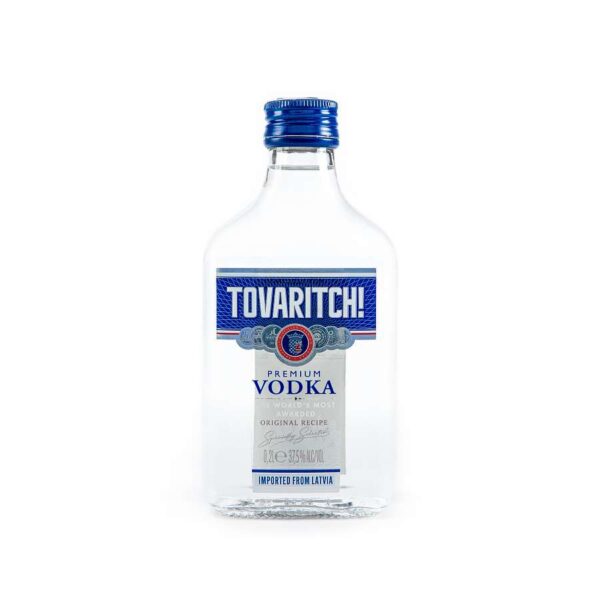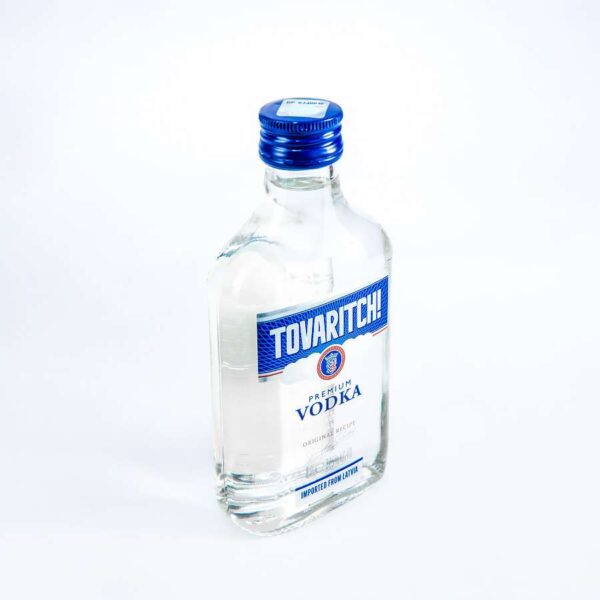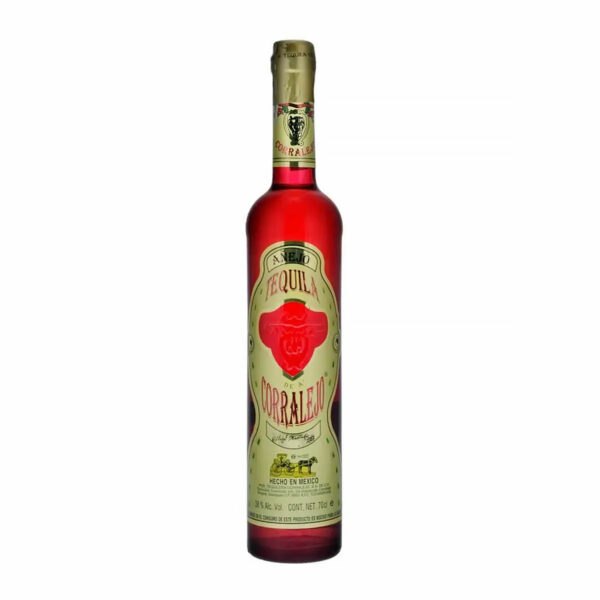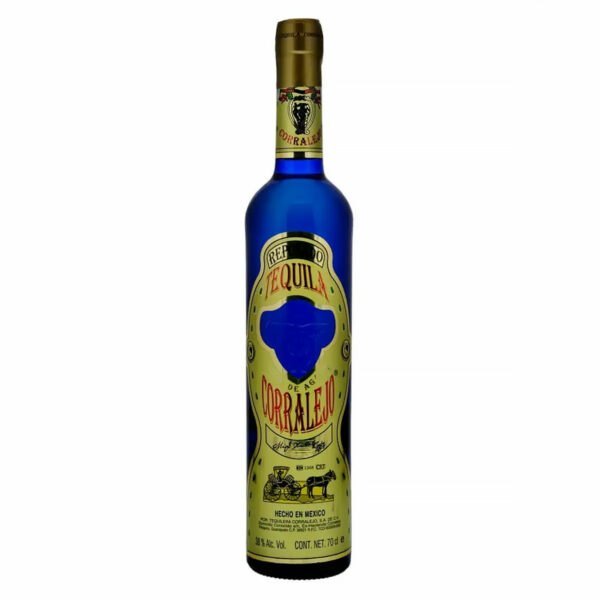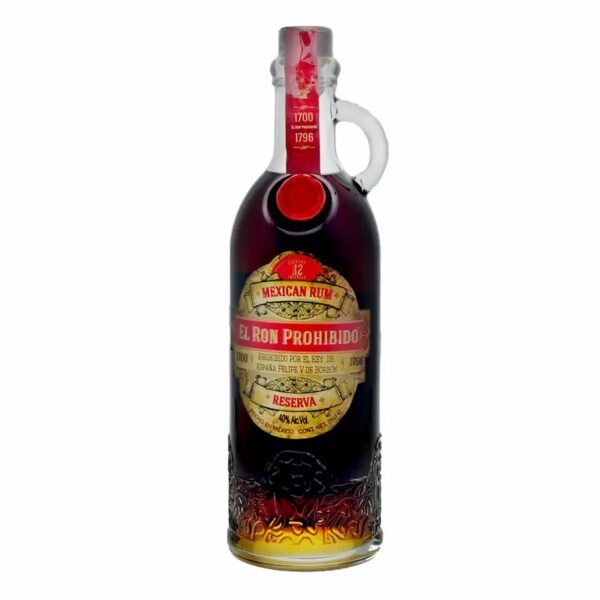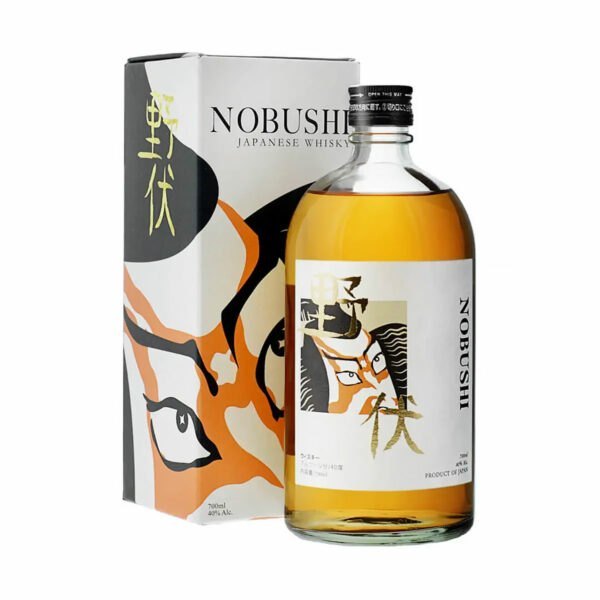The delicate art of caviar production depends entirely on environmental conditions. Each tiny black pearl represents months of careful development. Environmental factors shape every aspect of taste and texture. These conditions determine whether caviar becomes extraordinary or merely acceptable.
Understanding environmental influences helps appreciate caviar’s complexity and value. Water chemistry, temperature, diet, and seasonal changes work together. Each factor contributes unique characteristics to the final product. The interplay creates distinctive flavor profiles that separate premium from standard grades.
Modern caviar enthusiasts seek knowledge about production methods and quality factors. Environmental awareness guides purchasing decisions for discerning consumers. This knowledge enhances appreciation for the craft behind exceptional caviar. Environmental mastery distinguishes superior producers from commercial operations.
Water quality parameters and their impact on caviar development
Water quality forms the foundation of exceptional caviar production worldwide. Clean environments directly correlate with superior taste development in sturgeon eggs. The chemical composition affects every stage of sturgeon growth and reproduction. Pure water systems create optimal conditions for flavor compound formation.
Sturgeon require specific water chemistry ranges for healthy egg development. pH levels, dissolved oxygen, and mineral content must remain balanced. Deviations from optimal parameters cause stress that affects egg quality. Environmental monitoring ensures consistent production standards throughout breeding cycles.
Chemical composition standards for optimal development
pH levels between 7.5 and 8.5 provide ideal alkaline conditions for sturgeon health. These ranges support proper metabolic function and egg formation processes. Acidic conditions below 7.0 create stress responses that compromise caviar quality. Alkaline extremes above 9.0 similarly disrupt normal development patterns.
Dissolved oxygen concentrations must exceed 6 mg/L for optimal sturgeon breeding. Higher oxygen levels support robust fish growth and healthy egg production. Oxygen deficiency leads to stunted development and reduced fat content. Well-oxygenated environments produce caviar with enhanced texture and flavor intensity.
Ammonia and nitrite levels require careful monitoring in commercial operations. These compounds accumulate from fish waste and decomposing organic matter. Elevated levels cause toxic stress that affects egg quality significantly. Advanced filtration systems maintain safe water chemistry throughout production cycles.
Pollutant impact on flavor development
Industrial contaminants create lasting negative effects on caviar taste profiles. Heavy metals accumulate in sturgeon tissues over extended periods. Lead, mercury, and cadmium concentrations alter natural flavor compounds significantly. These pollutants cause off-flavors that reduce market value dramatically.
Agricultural runoff introduces pesticides and fertilizers into sturgeon habitats. Chemical residues affect fish health and reproductive success rates. Contaminated environments produce caviar with undesirable taste characteristics consistently. Organic production methods eliminate these contamination risks through controlled environments.
Water quality monitoring protocols ensure consistent caviar production standards:
- Daily pH testing maintains optimal alkaline conditions
- Oxygen level monitoring prevents deficiency-related stress
- Weekly chemical analysis detects contamination early
- Monthly heavy metal screening protects against accumulation
- Continuous filtration systems remove harmful substances
Clean water sources contribute directly to premium caviar characteristics. Spring-fed systems provide naturally balanced mineral compositions that enhance flavor. These pristine environments support the development of complex taste profiles. Water purity translates directly into superior product quality.
Processing water influence on final taste
Processing water quality affects the final flavor outcome significantly. Cold, pure water during washing preserves delicate taste compounds. Chlorinated municipal water can introduce off-flavors during preparation stages. Filtered processing water maintains the integrity of natural flavor development.
Temperature-controlled processing environments prevent flavor compound breakdown during handling. Warm water accelerates decomposition of volatile taste elements rapidly. Cold processing temperatures preserve the subtle characteristics that distinguish premium varieties. Processing protocols must align with water quality standards consistently.
Temperature fluctuations in sturgeon habitats and egg maturation processes
Temperature control represents one of the most critical environmental factors. Sturgeon development depends on stable thermal conditions throughout breeding cycles. Temperature fluctuations disrupt natural biological processes that create superior caviar. Optimal thermal management ensures consistent flavor development in commercial operations.
Seasonal temperature variations affect sturgeon behavior and reproductive timing significantly. Natural cycles trigger breeding responses that determine egg quality outcomes. Controlled environments eliminate harmful temperature extremes while maintaining beneficial variations. Temperature stability contributes to predictable flavor characteristics across production batches.
Optimal temperature ranges for breeding success
Sturgeon thrive in water temperatures between 12°C to 18°C consistently. These ranges support healthy metabolic rates and proper egg formation. Temperatures below 8°C slow development and may cause reproductive delays. Heat above 22°C creates stress that compromises egg quality significantly.
Breeding season temperatures must remain stable for successful reproduction cycles. Rapid temperature changes disrupt hormonal balance in breeding females particularly. Gradual seasonal transitions allow natural adaptation without stress responses. Temperature consistency ensures optimal timing for egg harvesting operations.
Water temperature affects the concentration of flavor compounds in developing eggs. Cooler conditions support slower development that enhances taste complexity gradually. Extended cold periods allow for the accumulation of subtle flavor notes. These slower processes create the characteristics valued in premium caviar varieties.
Seasonal temperature management in commercial operations
Commercial operations implement sophisticated temperature control systems for consistency. Cooling equipment maintains optimal conditions regardless of external climate variations. Heat exchangers prevent dangerous temperature spikes during warm weather periods. Automated monitoring systems alert managers to potential temperature problems immediately.
Winter temperature stability contributes to superior caviar development in many regions. Extended cold periods support controlled egg maturation processes naturally. Gradual temperature increases in spring trigger breeding behaviors appropriately. These natural cycles enhance flavor development when properly managed.
Cooling system components for commercial sturgeon operations:
- Chilled water circulation maintains consistent temperatures
- Heat exchange units remove excess thermal energy
- Insulated pond structures minimize external temperature influence
- Emergency backup systems prevent temperature failures
- Automated control systems monitor conditions continuously
Summer heat management requires active intervention in most climates. High temperatures accelerate metabolic rates beyond optimal levels consistently. Rapid development reduces flavor complexity in final caviar products. Cooling systems become essential for maintaining quality standards year-round.
Pro tip: Install redundant temperature monitoring systems with mobile alerts to prevent equipment failures from compromising valuable breeding stock during critical development periods.
Dietary variations across different sturgeon environments and their flavor consequences
Sturgeon diet composition directly influences caviar flavor development throughout maturation. Natural feeding behaviors create complex taste profiles through diverse food sources. Commercial feeding programs aim to replicate beneficial dietary components consistently. Understanding nutritional influences helps optimize flavor development in farming operations.
Wild sturgeon access varied food sources that contribute unique flavor characteristics. Seasonal dietary changes affect the development of specific taste compounds. Controlled feeding eliminates variables while potentially reducing flavor complexity slightly. Dietary management balances consistency with flavor enhancement goals effectively.
Natural diet components and their flavor contributions
Wild sturgeon consume mollusks, crustaceans, and small fish species regularly. These protein sources contribute specific amino acids that enhance umami flavors. Natural prey contains minerals that accumulate in sturgeon tissues gradually. Diverse diets create the complex flavor profiles characteristic of premium wild caviar.
Benthic feeding exposes sturgeon to mineral-rich sediments and organic matter. Bottom-dwelling organisms concentrate trace elements that influence egg flavor development. Natural foraging behaviors provide varied nutritional inputs throughout seasonal cycles. These dietary variations contribute to the distinctive characteristics of different caviar origins.
Seasonal food availability affects the timing and quality of egg development. Spring feeding supports reproductive preparation with high-quality protein sources naturally. Summer abundance allows for optimal fat accumulation in developing eggs. Autumn feeding patterns prepare sturgeon for winter breeding activities appropriately.
Controlled feeding programs in aquaculture settings
Commercial operations develop precise feeding schedules to optimize caviar production consistently. High-quality manufactured feeds provide balanced nutrition without natural variables. Protein content, fat ratios, and mineral supplements support predictable development patterns. Feeding programs eliminate contamination risks associated with wild food sources.
Feed composition affects fat distribution and flavor intensity in sturgeon eggs. Marine-based proteins contribute to oceanic flavor notes valued in premium varieties. Plant-based components may alter taste profiles compared to natural diets. Quality control in feed production ensures consistent nutritional profiles throughout operations.
Commercial feed components for optimal caviar development:
- High-quality fish meal provides essential amino acids
- Marine proteins contribute to desired flavor characteristics
- Balanced fat content supports proper egg formation
- Mineral supplements enhance natural flavor development
- Vitamin additives maintain sturgeon health consistently
Feed scheduling affects growth rates and egg maturation timing significantly. Regular feeding intervals support consistent development without stress responses. Overfeeding can compromise water quality and affect fish health negatively. Controlled portions maintain optimal body condition for breeding females.
Pro tip: Implement seasonal diet variations that mirror natural feeding patterns to enhance flavor complexity while maintaining the consistency advantages of controlled feeding programs.
Luxury fresh black caviar from an Italian producer available at PremiumCaviar Shop
PremiumCaviar Shop specializes in exceptional quality caviar from certified Italian producer Pisani Dossi. This renowned aquaculture operation in northern Italy maintains superior breeding standards. The facility produces both Siberian sturgeon and Osetra varieties through pristine spring water systems. Traditional malossol preparation methods preserve natural flavor integrity without artificial preservatives.
The Italian production facility employs sustainable aquaculture practices that prioritize environmental quality. Spring-fed ponds provide optimal water chemistry for flavor development naturally. Controlled breeding programs ensure consistent quality while maintaining genetic diversity. The combination of natural conditions and scientific management creates superior caviar characteristics.
Premium siberian sturgeon black caviar characteristics
Premium Siberian Sturgeon Black Caviar features fine-grained texture with exceptional consistency. Egg sizes range from 2.6 to 3.0 mm with uniform coloration patterns. The dark grey to black-brown appearance indicates optimal development conditions. Flavor profiles include subtle hazelnut and wild berry notes with clean finishing.
The malossol preparation uses minimal salt content between 3.5-4% for natural preservation. This traditional method enhances rather than masks natural flavor characteristics. Fresh processing without preservatives maintains authentic taste profiles effectively. Temperature-controlled preparation preserves delicate flavor compounds throughout processing stages.
Premium Siberian Sturgeon Black Caviar
Premium Siberian Sturgeon fresh black caviar 50gr. Pisani Dossi
Premium Siberian Sturgeon fresh black caviar 100gr. Pisani Dossi
Premium osetra black caviar excellence
Premium Osetra Black Caviar represents the pinnacle of Italian aquaculture achievement. This variety comes from hybrid Russian sturgeon crossed with Siberian species. Egg sizes range from 2.9 to 3.2 mm with distinctive coloration variations. Colors include pearl grey, bronze, and amber tones that indicate superior development.
The hybrid breeding program combines the best characteristics of both parent species. Russian sturgeon contributes larger egg size and complex flavor profiles. Siberian genetics provide consistency and adaptability to farming conditions. The combination creates exceptional caviar with enhanced commercial viability.
Premium Osetra Black Caviar
Premium Osetra fresh black caviar 50gr. Pisani Dossi
Premium Osetra fresh black caviar 100gr. Pisani Dossi
Premium alcohol pairings for caviar tasting
PremiumCaviar Shop curates premium spirits that complement black caviar perfectly. TOVARITCH! Vodka provides clean neutrality that enhances delicate caviar flavors. The smooth distillation process eliminates harsh elements that might overpower subtle taste notes. Premium vodka serves as the traditional pairing choice for serious caviar enthusiasts.
Corralejo Tequila varieties bring complementary sweetness that balances natural salinity effectively. Blanco expressions maintain purity while Reposado adds subtle oak influences. Añejo varieties contribute complex aging characteristics that harmonize with caviar richness. These 100% de Agave tequilas provide authentic Mexican craftsmanship standards.
Premium spirit selections for caviar pairing experiences:
-
TOVARITCH! Vodka enhances delicate flavor notes
-
Corralejo Tequila Blanco provides clean agave character
-
Corralejo Tequila Reposado adds subtle oak complexity
-
Corralejo Tequila Añejo contributes rich aging characteristics
-
El Ron Prohibido rums bring Caribbean complexity
-
NOBUSHI Japanese Whisky offers unique harmony profiles
El Ron Prohibido rum selections provide exceptional Caribbean character for adventurous pairings. The Habanero 12 Years Old Solera Rum combines tropical fruit notes with spice. The 15 Years Old Solera Finest Blended Reserva contributes complex aging characteristics. These premium rums create unexpected harmonies with Italian caviar varieties.
NOBUSHI Blended Japanese Whisky represents the pinnacle of Asian spirit craftsmanship. The careful blending process creates smooth characteristics that complement caviar richness. Japanese attention to detail mirrors the precision required for premium caviar production. These spirits create unique pairing experiences for sophisticated palates.
Premium Alcohol
Seasonal environmental changes and their influence on caviar characteristics
Seasonal variations create natural rhythms that significantly affect caviar development patterns. Environmental changes trigger biological responses that influence egg quality and flavor characteristics. Understanding seasonal impacts helps optimize harvesting timing for superior products. Climate consistency versus natural variation affects both wild and farmed caviar production.
Breeding cycles align with seasonal changes that signal optimal reproduction timing. Temperature transitions, daylight length, and water chemistry fluctuations influence sturgeon behavior. These natural cues affect egg development speed and final quality characteristics. Seasonal awareness guides production planning in commercial operations effectively.
Spring breeding season optimization
Spring temperature increases trigger hormonal changes that initiate breeding behaviors naturally. Gradual warming signals optimal timing for egg development in sturgeon populations. Photoperiod changes affect hormone production that controls reproductive cycles precisely. These natural triggers ensure eggs develop during favorable environmental conditions.
Water chemistry changes during spring affect egg development quality significantly. Snowmelt and rainfall alter mineral content and pH levels gradually. These changes must remain within acceptable ranges to avoid stress responses. Spring water monitoring becomes critical for maintaining optimal development conditions.
Summer temperature management challenges
Summer heat creates challenges for maintaining optimal development conditions consistently. High temperatures accelerate metabolic rates beyond ideal levels for quality development. Rapid egg maturation reduces flavor complexity compared to slower development. Active cooling becomes necessary to maintain quality standards effectively.
Extended daylight periods during summer affect sturgeon feeding behaviors significantly. Increased feeding activity can improve nutrition but may stress breeding females. Photoperiod management in controlled environments helps regulate natural behaviors appropriately. Artificial lighting controls allow optimization of breeding cycles timing.
Seasonal management protocols for consistent caviar production:
- Spring water chemistry monitoring tracks snowmelt effects
- Summer cooling system activation maintains optimal temperatures
- Autumn breeding preparation supports reproductive success
- Winter temperature stability enhances flavor development
- Photoperiod control systems regulate natural breeding cycles
Autumn preparation affects winter breeding success and spring egg quality. Nutrition programs during autumn support energy storage for breeding activities. Water temperature management prepares sturgeon for seasonal transitions gradually. These preparation activities influence caviar quality months later consistently.
Pro tip: Maintain detailed seasonal production records to identify optimal harvesting windows that consistently produce superior flavor profiles and plan future breeding cycles accordingly.
Mineral composition of aquatic ecosystems and its effect on taste profiles
Mineral content in aquatic environments directly contributes to complex flavor development. Essential minerals accumulate in sturgeon tissues over extended periods consistently. These accumulated elements influence the final taste characteristics of their eggs. Understanding mineral influences helps optimize water chemistry for superior caviar production.
Geographic variations in mineral composition create distinctive regional characteristics. Different water sources provide unique mineral profiles that affect flavor development. These variations explain preferences for caviar from specific origins worldwide. Mineral management in commercial operations ensures consistent quality regardless of natural variations.
Essential minerals for flavor enhancement
Calcium concentrations support proper egg formation and contribute to firm texture. Adequate calcium levels ensure structural integrity during development and processing stages. Calcium deficiency leads to soft eggs that compromise quality significantly. Natural calcium sources provide optimal levels without artificial supplementation requirements.
Iron and zinc content contributes to umami flavor components valued in premium caviar. These trace minerals enhance the metallic undertones that balance creamy richness. Optimal concentrations support flavor complexity without creating unpleasant metallic tastes. Natural mineral balance achieves desired flavor characteristics most effectively.
Magnesium and potassium affect salinity perception and overall flavor balance significantly. These minerals influence how salt content interacts with other taste components. Proper ratios enhance natural flavor characteristics rather than masking them. Mineral balance affects the perception of freshness and quality consistently.
Geographic mineral variations and their effects
Mountain spring water sources typically contain higher mineral concentrations naturally. Alpine environments provide balanced mineral profiles that enhance complexity effectively. Limestone aquifers contribute calcium-rich water that supports superior development. These natural mineral sources create preferred conditions without artificial enhancement.
Coastal environments expose sturgeon to different mineral compositions entirely. Marine influences add trace elements that create subtle oceanic characteristics. These geographic differences explain regional preferences among caviar connoisseurs worldwide. Coastal mineral profiles may enhance certain flavor aspects specifically.
Regional mineral characteristics affecting caviar development:
- Alpine springs provide balanced natural mineral content
- Limestone regions contribute calcium-rich environments
- Granite bedrock creates clean, mineral-poor conditions
- Coastal influences add marine trace elements
- Volcanic areas provide unique mineral compositions
Artificial mineral supplementation allows producers to optimize flavor development consistently. Controlled mineral addition creates predictable flavor outcomes regardless of source water. These programs require careful monitoring to avoid over-mineralization effects. Targeted supplementation enhances positive characteristics while maintaining authenticity.
Pro tip: Conduct comprehensive mineral analysis of source water and implement targeted supplementation programs that enhance specific flavor characteristics rather than broad-spectrum mineral additions.
Geographic habitat differences between wild and farmed sturgeon production methods
Geographic location determines the environmental conditions that shape caviar characteristics fundamentally. Wild sturgeon habitats provide diverse feeding opportunities and natural mineral exposure. Farming operations control environmental variables to ensure consistent quality outcomes. Understanding geographic influences helps appreciate the differences between production methods effectively.
Regional characteristics affect both wild populations and farming site selection significantly. Climate patterns, water sources, and ecosystem diversity influence production potential. Geographic advantages explain why certain regions dominate premium caviar markets worldwide. Location selection becomes critical for establishing successful operations consistently.
Wild sturgeon habitat diversity
Wild sturgeon environments expose fish to varying conditions throughout migratory patterns. River systems provide diverse feeding opportunities and natural mineral exposure. These environmental variations create complex flavor profiles that reflect natural origins. Wild habitats support genetic diversity that contributes to unique characteristics.
Natural spawning grounds offer optimal conditions that differ from artificial environments. Seasonal migrations expose sturgeon to different ecosystems and food sources. These natural behaviors contribute to flavor development that reflects environmental diversity. Wild caviar varieties maintain distinctive regional characteristics consistently.
Controlled farming environment advantages
Modern aquaculture operations provide consistent environmental conditions year-round effectively. Temperature control eliminates seasonal extremes that might compromise quality development. Water chemistry management ensures optimal conditions regardless of external factors. Controlled environments produce predictable quality outcomes through scientific management.
Biosecurity measures in farming operations protect against diseases and parasites. Health management protocols ensure only healthy fish contribute to production. Disease prevention results in consistently superior quality compared to wild populations. Controlled breeding programs optimize genetic characteristics for caviar production specifically.
Hybrid production approaches for optimal results
Some producers combine wild genetics with controlled environments for enhanced outcomes. Wild-capture breeding stock provides genetic diversity while controlled conditions ensure quality. These hybrid approaches attempt to capture benefits from both production methods. Selective breeding programs optimize characteristics for specific market requirements.
Semi-intensive systems allow limited environmental variation while maintaining quality control. Partial habitat control provides natural variation within safe parameters consistently. These balanced approaches may enhance flavor complexity compared to fully controlled systems. Environmental variation within limits supports natural development processes effectively.
Geographic selection criteria for premium caviar operations:
- Clean water sources ensure optimal development conditions
- Stable climate patterns support consistent production cycles
- Mineral-rich environments enhance natural flavor development
- Pollution-free locations protect against contamination risks
- Infrastructure access supports efficient processing and distribution
Location selection affects long-term success and product quality significantly. Environmental monitoring capabilities become essential for maintaining standards consistently. Geographic advantages create competitive positions in premium markets effectively. Site selection represents a fundamental investment in quality outcomes.
Pro tip: Evaluate multiple geographic locations using comprehensive environmental assessments before establishing operations, considering long-term climate projections and potential environmental changes that could affect production quality.
Summary
Environmental factors create the foundation for exceptional caviar flavor development through intricate interactions. Water quality parameters including pH, dissolved oxygen, and mineral content directly shape taste compound formation in sturgeon eggs. Temperature control ensures optimal metabolic rates that support proper flavor development throughout maturation processes. Dietary variations between natural and controlled feeding programs significantly influence flavor complexity and consistency.
Seasonal environmental changes affect breeding cycles and development timing, creating natural variations in flavor intensity. Mineral composition provides essential building blocks for umami characteristics and textural qualities that distinguish premium varieties. Geographic habitat differences between wild and farmed production methods contribute unique characteristics that reflect environmental origins. Understanding these environmental influences enables producers to optimize conditions for superior flavor development while maintaining consistency standards that meet market demands for exceptional caviar quality.


